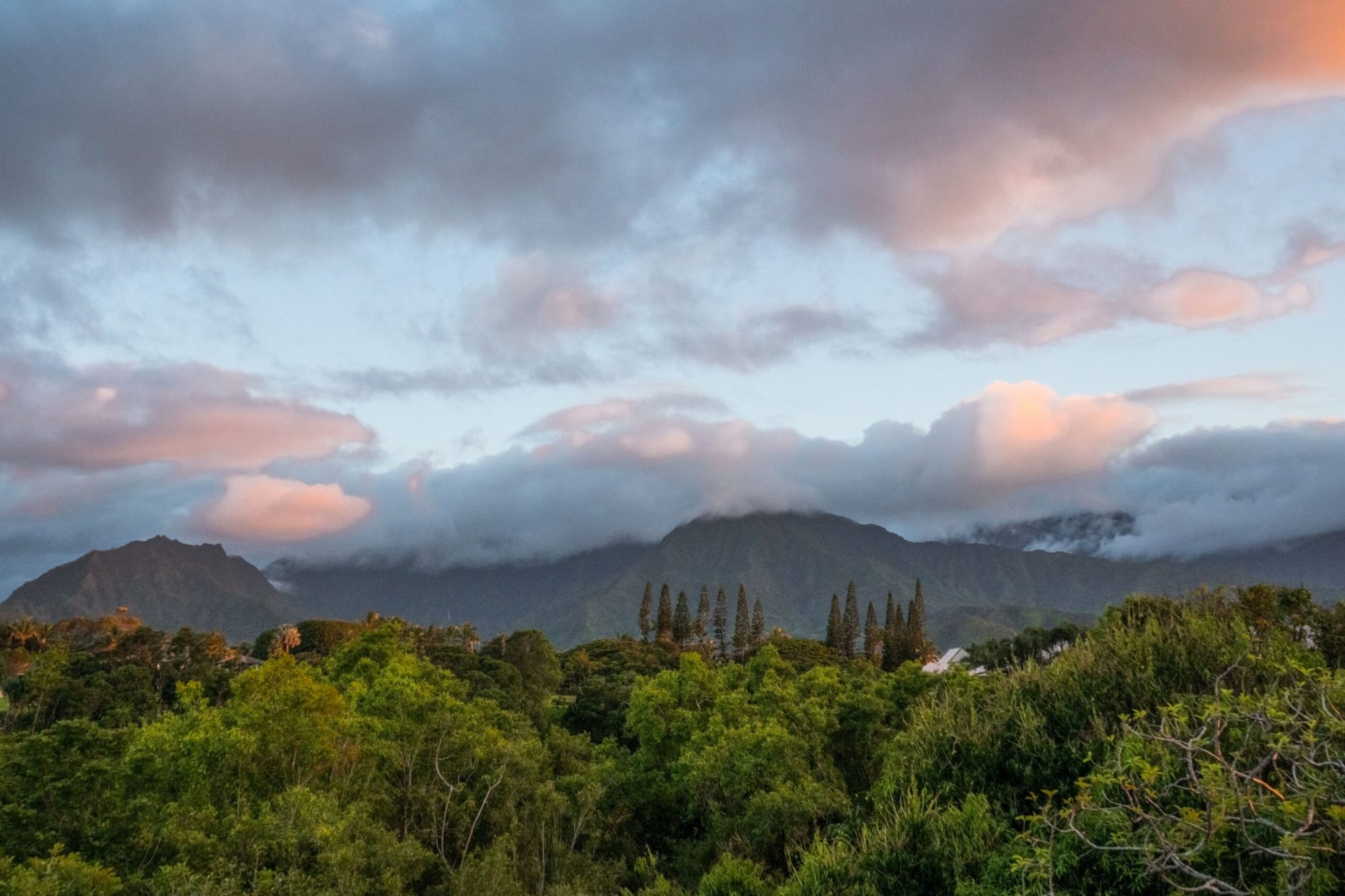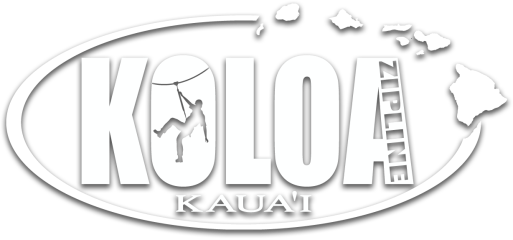KAUAI’S ECOSYSTEMS: UNIQUE AND DELICATE

Kauai is known for its lush, green landscapes and beautiful beaches. However, what many people don’t know is that Kauai’s ecosystems are some of the most delicate in the world. The island has a wide variety of ecosystems, each with its own unique set of flora and fauna. Many of these species are found nowhere else on Earth. Kauai’s ecosystems are under constant threat from development and climate change, so it’s important to learn about them and do our best to protect them!
Kauai is the oldest of the Hawaiian Islands, and as such, it has had more time to cultivate plants and animals found nowhere else on earth. Kauai is also home to many unique ecosystems, which are more diverse than those found on the other Hawaiian Islands. For example, Kauai’s rainforests are home to several endangered species, including the Hawaiian ‘Akeke’e that lies in Kauai’s mountains. Kauai’s reefs are also home to a wide variety of fish, corals, and other marine life. In addition, the beaches are popular breeding grounds for sea turtles. As a result of its unique ecology and age, this Hawaiian island is one of the most biologically diverse places on earth.
Endangered Species & More
While Kauai is known for its abundance of unique animals and plants, some of them are endangered. This is largely due to human activities, such as unsustainable tourism and the introduction of invasive species. These invasive species compete with native animals for food and resources. As human activity continues to threaten Kauai’s diverse wildlife, it’s important to be aware of the impact our actions can have. While some of these animals are found on the other Hawaiian Islands, Kauai’s remote locations and lack of development make it a haven for these endangered species.
Hawaiian Green Sea Turtle
The Hawaiian green sea turtle is an endangered species. These turtles are found only in the Hawaiian Islands and are important to the ecosystem there. Green sea turtles help to keep algae and seaweed growth in check, which can otherwise smother coral reefs. They are also a food source for many animals, including sharks, crabs, and fish. Sadly, Hawaiian green sea turtles are in danger of extinction due to many threats caused by humans. These include hunting, encroachment on their habitat, and pollution.
Cyanea Kuhihewa
The island of Kauai is home to a variety of unique plants and animals, many of which are found nowhere else in the world. One of these is the endangered Cyanea kuhihewa, a member of the bellflower family. This beautiful plant is endemic to Kauai, meaning it is found nowhere else on earth. Sadly, it is also one of the rarest plants in Hawaii, with only a handful of individual bunches remaining in the wild. It is found high up in Kauai’s humid and damp mountain ranges, where conservationists search for them with drones.
The primary threat to the Cyanea kuhihewa is habitat loss. As more and more of Kauai’s native forests are cleared for development, this rare plant is increasingly at risk. However, there is still hope for the Cyanea kuhihewa. With conservation efforts and continued public awareness, it is possible that this endangered species will be able to thrive on Kauai once again.
Kauai’s Natural Areas & Reserves
These reserves on Kauai are highly protected areas and are home to unique and outstanding species of both plants and animals.
Kuia Natural Area Reserve
Established on November 14th, 1981, this 1,600-acre area of land holds some extremely interesting natural areas.
The Kuia Reserve safeguards unique rare native species and vital exceptional indigenous ecosystems. Two of the region’s rare natural communities are extremely treasured, as they exist in fewer than 20 locations worldwide. The Reserve is open to the public for hiking and hunting and can be explored by hiking the popular Nu’alolo Trail.
The Reserve encompasses a range of elevation from 2,000 to 3,900 feet and spans both lowland and montane vegetation types (communities). Many rare plants are found within the areas of wet and mesic forests. It houses a total of 5 different types of ecosystems.
Hono O Na Pali Natural Area Reserve
A large area of 3500 acres makes up the entirety of the Hono O Na Pali reserve. The Reserve was designated in 1983, and in 2009 it was expanded to safeguard indigenous natural ecosystems throughout the Hanalei and Waimea Districts, including the Hanakapia’ai, Hanakoa, and Waiahuakua ahupua’a.
This natural area reserve is home to many beautiful and rare plants, trees, animals, and birds. The land stretches from sea level along the coast all the way up to 4284 feet at Pihea lookout point. You’ll find Hanakapi’ai stream and Waiahuakua stream along your journey as well as the Alaka’i Swamp trail located just south of the reserve.
Goats will eat anything, and they’re especially known for their destructive eating habits when it comes to native plant species. These plants have evolved without any mammals to brows them, so they lack defenses like spines or poisonous chemicals that would make them unappetizing. When feral goats come into an area, the result is often severe damage done to the ecosystem from their foraging and other activities.
Feral pigs, damage native vegetation and expose the soil to erosion, which harms Hawaiian natural areas and contributes to the decline of indigenous species. There is a direct link between pig-induced soil damage and an upswing in non-native plants in montane wet woods. Pigs are also known to devour endangered ground-nesting seabirds and their nests.
Experience Kauai’s Wilderness with Koloa Zipline!
Kauai is one of the most beautiful islands in Hawaii, and it’s no surprise that it’s a popular tourist destination. There are plenty of things to do on the island, but if you’re looking for an adventure, be sure to check out Koloa Ziplining. The tour takes you through some of Kauai’s stunning scenery, and you’ll get an up-close view of the amazing vegetation and wildlife.
Reach out to us today to learn more or ask questions about bookings. Thank you for reading about Kauai’s amazing ecosystems, and we hope to see you soon!
